Collecting Car Accident Evidence to Help Your Claim Keys to Proving Your Case
Navigating the aftermath of a car accident can be likened to piecing together a jigsaw puzzle.

This article elucidates the importance of collecting robust evidence to substantiate car accident claims.
It elucidates various types of evidence, the role of circumstantial evidence, methods of capturing critical crash scene details, and the significance of police reports.
It also explores the calculation of compensation, proving lost wages, and the potential risk of evidence spoliation.
The aim is to provide a comprehensive guide for a solid claim foundation.
Key Takeaways
- Collect various types of evidence such as medical records, witness statements, photographs, and police reports to support your car accident claim.
- Look for circumstantial evidence like cell phone records and additional evidence to strengthen your case.
- Gather vital evidence from the crash scene, including photographs and videos, relative positions of vehicles, and traffic signals.
- Obtain a copy of the police crash report as it contains important information about the accident, people involved, and witnesses.
Understanding the Types of Evidence You’ll Need

Understanding the types of evidence required for a car accident claim is crucial, as it encompasses a variety of documents and materials such as medical records, witness statements, photographs, police reports, and damaged clothing.
The role of eyewitness testimony can be substantial in validating the claim. These testimonies provide an impartial account of the incident, contributing significantly to establishing facts.
However, obtaining surveillance footage can be equally crucial. This tangible, visual evidence can illustrate the sequence of events leading to the car accident, providing an unbiased account of the incident.
Therefore, the collection and preservation of diverse evidence types, including eyewitness testimonies and surveillance footage, are integral in substantiating a car accident claim.
The Role of Circumstantial Evidence in Your Claim

Circumstantial evidence plays a significant role in substantiating a claim, providing indirect proof through inference based on the facts presented. This type of evidence can include:
- Cell phone records
- Additional evidence
- Subpoena for records
- Proof of texting while driving
Evaluating the credibility of witness statements is crucial in the process. Factors considered include:
- Consistency of the statement
- Corroboration from other sources
- The witness's capacity to perceive, recall, and communicate
The role of circumstantial evidence in a claim cannot be understated, serving to bolster the plaintiff's case, challenge the defense, and provide a fuller picture of the incident.
The credibility of witness statements, when evaluated effectively, can significantly sway the course of litigation, providing integral support to the claim.
Gathering Vital Evidence From the Crash Scene
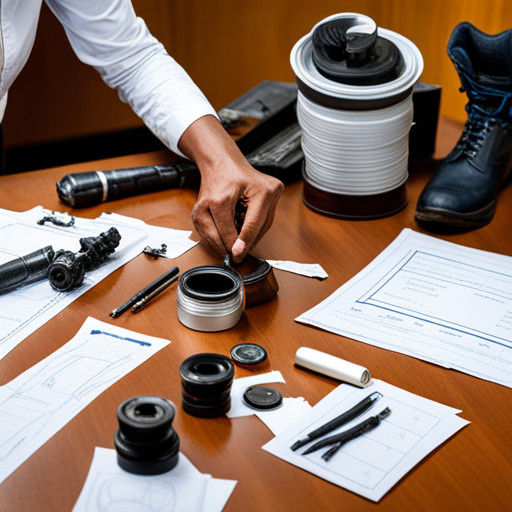
Gathering pertinent information from the site of the vehicle collision acts as a crucial step in substantiating any associated claims. It is at this juncture that the role of eyewitness testimony and the importance of documenting road conditions become prominent.
Eyewitnesses often provide a third-party perspective that can corroborate or refute the involved parties' versions of the event. Their testimonies, when accurately recorded and preserved, may serve as a compelling piece of evidence in court proceedings.
Equally important is the documentation of road conditions at the time of the collision. Factors such as weather, visibility, and the state of the roadway can significantly impact the unfolding of events. Thus, thorough documentation of these conditions can substantially strengthen a claim.
The Significance of Police Crash Reports in Your Case

Police crash reports play a pivotal role in vehicular accident cases, often serving as a primary source of factual information regarding the incident.
- The Impact of Witness Statements:
Witness statements, documented in the police report, provide independent accounts of the incident. Their unbiased perspective can validate or contradict the parties involved, thus influencing the case's outcome.
- Analyzing Cell Phone Records:
In the digital age, cell phone records can be a crucial piece of evidence. They can reveal if any party was distracted, for instance, by texting during the time of the accident. This information, coupled with the data from the police report, can strengthen the case against the at-fault driver.
Understanding the importance of these elements can significantly improve the chances of a successful claim.
How to Obtain a Copy of the Police Report
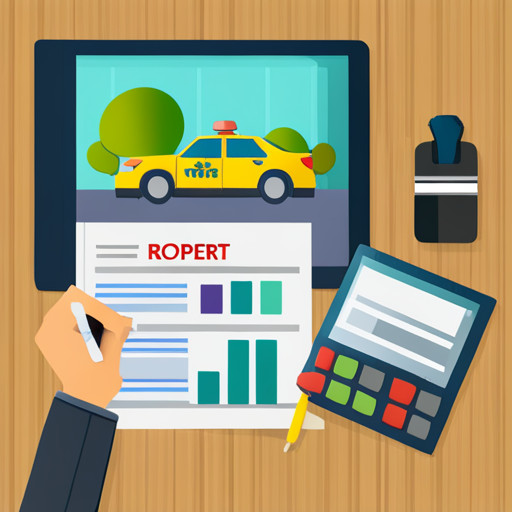
Obtaining a copy of the police report involves a straightforward process, typically initiated by a request to the investigating officer's department. The importance of police reports in car accident cases is immense as they provide a comprehensive record of the incident, including key details such as involved parties, accident location and witness statements.
| Steps for Obtaining Police Reports | Description |
|---|---|
| :-----: | :-----: |
| Request | Initiated to the investigating officer's department |
| Charges | Small fee may be charged for a copy |
| Online Options | Department's website may provide online ordering |
| Legal Assistance | An attorney can obtain the report on behalf of the client |
The process is not only procedural but also a vital step in the legal journey towards compensation, providing necessary evidence for any ensuing litigation.
Documenting Your Physical and Emotional Injuries
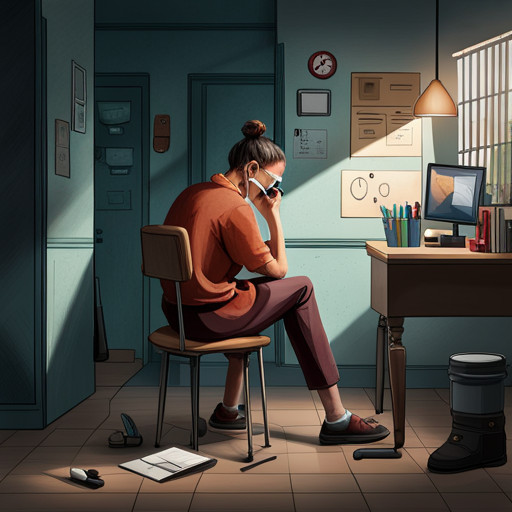
Documentation of both physical and emotional injuries following a vehicular mishap is crucial in establishing the extent of harm suffered, thereby influencing the compensation amount. This process involves obtaining medical records and bills from various sources including hospitals, treating doctors, and pharmacies. These documents help to establish the extent of injuries and need for ongoing care, as well as maximize compensation by providing tangible proof of harm.
Additionally, documenting visual proof of injuries and their impact on daily life is important. This can include photographs of injuries immediately after the accident and during recovery, as well as videos showing difficulties caused by the accident.
These meticulous documentation practices, especially when paired with seeking legal assistance, can significantly aid in maximizing compensation. It is thus imperative to prioritize this aspect post-accident.
The Importance of Medical Records in Proving Your Case
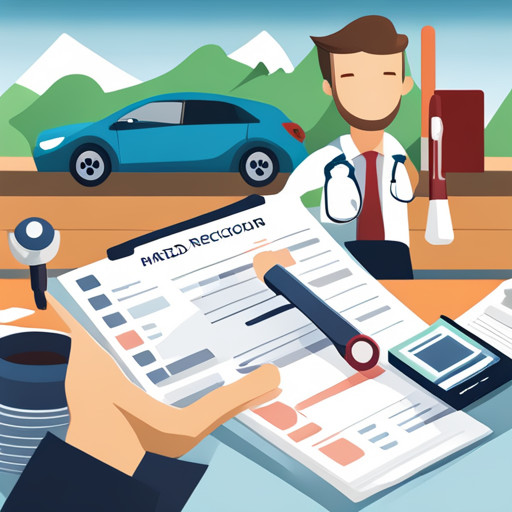
Medical records play a crucial role in substantiating the extent of injuries sustained and the subsequent need for ongoing care, which directly impacts the compensation that can be sought. These documents are fundamental in establishing the severity of physical harm, the necessity of specific treatments, and the prognosis for recovery.
Understanding the role of medical evidence in proving liability is essential, as these records provide a concrete link between the accident and the injuries claimed. In the realm of car accident claims, the importance of gathering comprehensive medical records cannot be overstated. It not only solidifies the plaintiff's assertions but also presents an objective basis for the calculation of damages, thereby strengthening the credibility of the claim.
This meticulous process is integral to the successful pursuit of rightful compensation.
Using Visual Evidence to Strengthen Your Case
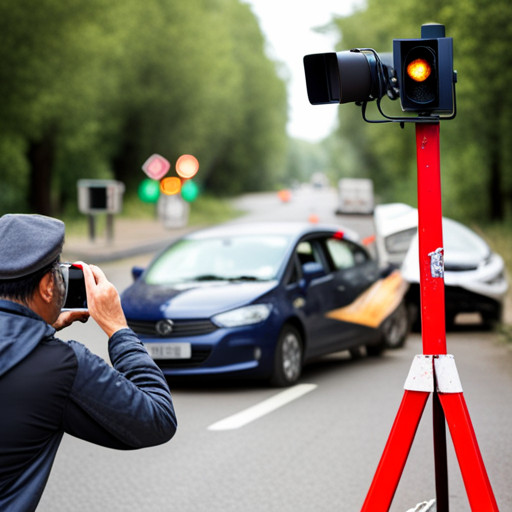
In the context of substantiating a personal injury case, visual materials such as photographs and videos can play a crucial role, providing tangible proof of the circumstances surrounding the incident, the extent of physical damages, and the progression of injury recovery.
The role of visual evidence in court:
- Serves as objective proof of the incident and its aftermath.
- Helps jurors understand the gravity of injuries and damages.
Eyewitness testimony in car accident cases:
- Can corroborate visual evidence.
- Reinforces the narrative of the victim's experience.
These elements work together in painting a comprehensive picture of the incident, aiding the court in determining liability and the extent of damages.
Therefore, the collection and presentation of visual evidence is a critical step in the judicial process.
Calculating Compensation for Pain and Suffering

Calculating compensation for pain and suffering often involves a meticulous process of assessing the severity of physical injuries, the duration of recovery, and the impact of the injury on the victim's quality of life.
Evidence preservation is paramount in validating these claims. Medical records, photographic proof of physical damage, records of psychological trauma, and detailed personal journals can significantly support such assertions.
It is crucial to note that compensation is not limited to physical pain but extends to emotional distress and loss of enjoyment of life.
Furthermore, the preservation of evidence is essential in calculating compensation accurately. This procedure safeguards the validity of the claim, ensuring that the victim receives an equitable settlement that truly reflects their pain and suffering.
Proving Lost Wages and Income Due to Your Injuries

Demonstrating loss of earnings and income due to injuries incurred requires thorough documentation, which may include tax returns, bank records, pay stubs, and verification from employers. Calculating lost wages necessitates careful attention to detail, as both current and potential future earnings should be considered.
* Evidence for Lost Wages
* Tax returns
* Pay stubs
* Bank records
* Employment verification
In spoliation cases, preserving evidence is critical. A spoliation notice should be sent to the custodian of the evidence, alerting them to the necessity of maintaining the status quo of the evidence without alterations.
* Preserving Evidence in Spoliation Cases
* Sending a spoliation notice
* Identifying the custodian of evidence
* Maintaining the evidence without alterations
These procedures can help ensure a comprehensive and persuasive claim for lost income due to injuries.
The Risk of Spoliation of Evidence in Your Claim
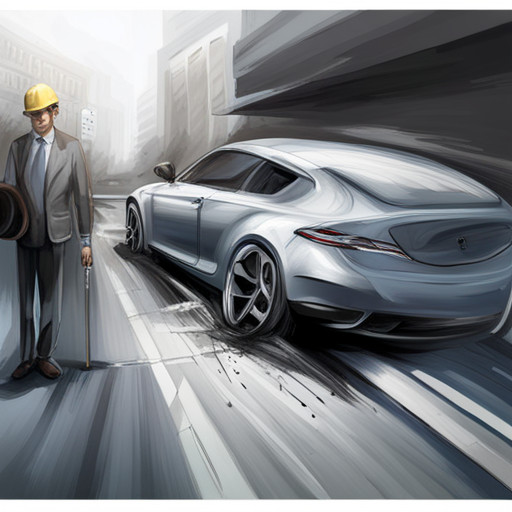
Spoliation of evidence poses a significant risk to the validity and success of a potential claim, necessitating diligent preservation and handling of all relevant materials.
The impact of spoliation on a claim can be severe, potentially resulting in the dismissal of the case or sanctions by the court.
To prevent spoliation of evidence, immediate action to secure and protect relevant materials is essential.
A spoliation letter, addressed to the custodian of the evidence, serves as a formal request for the preservation of the evidence.
This letter puts the recipient on notice and outlines the potential legal consequences of failing to maintain the integrity of the evidence.
Thus, understanding the risk of spoliation and taking steps to prevent it is crucial for a successful claim.
Sending a Spoliation Letter to Preserve Evidence
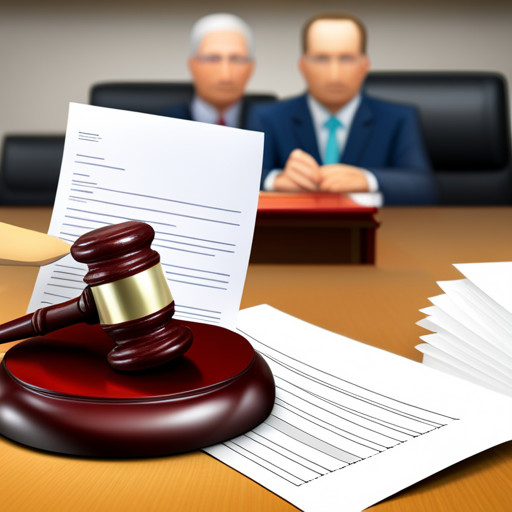
Ensuring the preservation of pertinent materials in a potential claim necessitates the dispatch of a spoliation letter to the custodian of the evidence. Such a letter serves to put the involved parties on notice to preserve evidence integral to the claim.
- Importance of the Spoliation Letter:
- Prevents destruction or alteration of evidence
- Ensures continuity of the claim process
- Preserving Evidence:
- Crucial in substantiating claims
- Provides concrete basis for negotiations
This compelling action underscores the importance of documentation in legal processes. A detailed and well-constructed spoliation letter can be instrumental in the successful pursuit of a claim. This method of preserving evidence, when applied correctly, can significantly enhance the validity and strength of a claim, thereby improving the likelihood of a favorable resolution.
Frequently Asked Questions
How Can I Prove Fault in a Car Accident Case if There Were No Witnesses?
Fault in an auto accident can be demonstrated through various indirect methods in the absence of witnesses.
Traffic camera footage, if available, can provide a visual record of the incident.
Additionally, a vehicle damage assessment can also be instrumental. This involves a detailed examination of the automobiles involved, identifying the nature and location of the damage, which can indicate the dynamics of the crash.
Such evidence can be persuasive in establishing liability in accident claims.
What Are Some Alternative Sources of Evidence I Can Use if Police Reports Are Inconclusive or Unavailable?
When police reports are inconclusive or absent, alternative sources of evidence prove crucial in substantiating a car accident claim.
Surveillance footage, if available from nearby businesses or traffic cameras, can provide an impartial account of the incident.
Additionally, personal testimonies from third-party witnesses or involved parties can also offer valuable insight.
Furthermore, physical evidence from the accident scene such as vehicle damage, skid marks, or debris can be instrumental in determining fault.
How Can I Accurately Calculate Future Medical Expenses Related to My Injuries?
Accurately calculating future medical expenses related to injuries necessitates comprehensive documentation of treatment and rehabilitation costs. This typically entails garnering estimates from medical professionals regarding the duration and cost of future care.
Furthermore, it is crucial to include the price of medications, medical equipment, and potential modifications to living arrangements.
Expert testimony may also be called upon to substantiate these projected costs in a legal setting, thus strengthening the overall validity of the claim.
Is There a Way to Prove Emotional Distress Caused by the Accident if I Didn’t Seek Therapy or Counseling?
Emotional distress resulting from an accident, even without therapy or counseling, can indeed be evidenced. Detailed, dated notes describing emotional struggles, sleep disturbances, or anxiety can serve as distress documentation.
Moreover, self-care records such as journal entries, sleep logs, or records of relaxation techniques used can also substantiate claims of emotional distress.
This evidence, coupled with testimonies from close relations about changes in behavior or mood, can contribute to proving emotional distress.
What Legal Actions Can I Take if Evidence Crucial to My Claim Has Been Destroyed or Altered?
In the event of crucial evidence being altered or destroyed, a concept known as spoliation occurs. This can potentially lead to serious legal consequences for the party responsible.
To counteract this, it is recommended to send a spoliation letter to the custodian of the evidence, thereby placing them on notice to preserve it. This ensures that the evidence remains unaltered, strengthening the overall validity of a claim.

This post has been generated by AI and was not reviewed by editors. This is Not legal advice. Please consult with an attorney.




